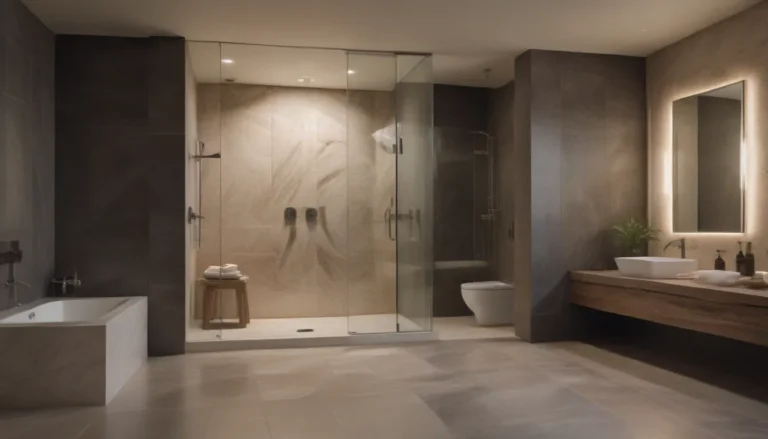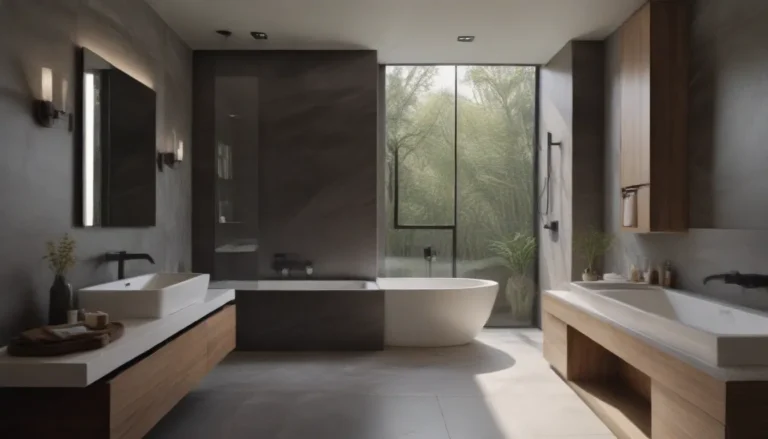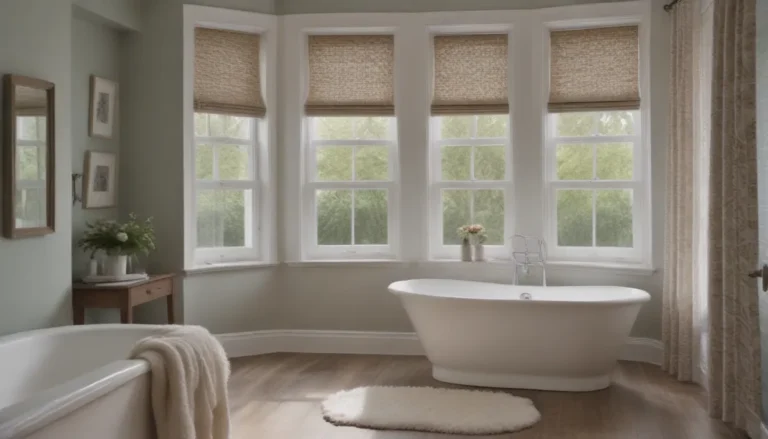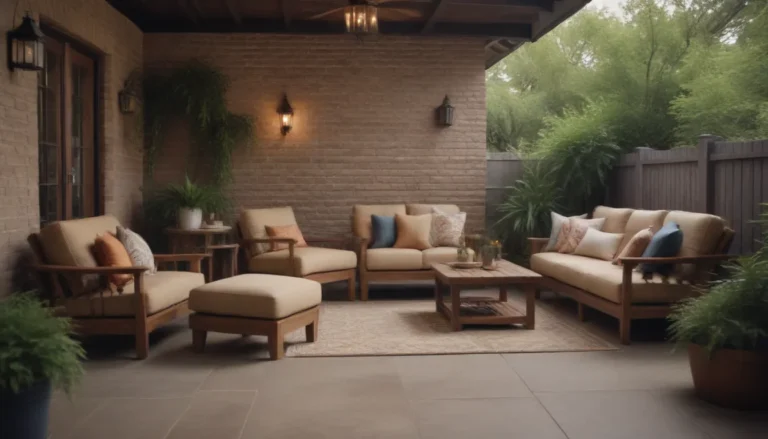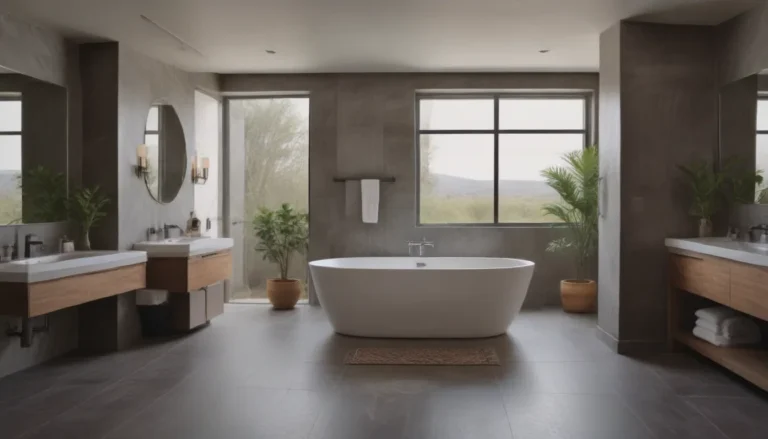Beadboard Backsplashes: The Ultimate Guide to Transforming Your Kitchen with Charm and Style

Are you dreaming of a kitchen that exudes warmth and character without breaking the bank? Look no further than the humble yet versatile beadboard backsplash! This classic design element has been making a major comeback in recent years, and for good reason. In this comprehensive guide, we’ll explore everything you need to know about beadboard backsplashes, from their rich history to modern applications and practical tips for installation and maintenance.
What is Beadboard and Why Should You Consider It for Your Kitchen?
Beadboard is a type of wainscoting that consists of narrow vertical wood panels fitted together using a tongue-and-groove system. The signature feature of beadboard is the subtle groove or “bead” that runs between each panel, creating a charming, textured look that adds depth and interest to any wall.
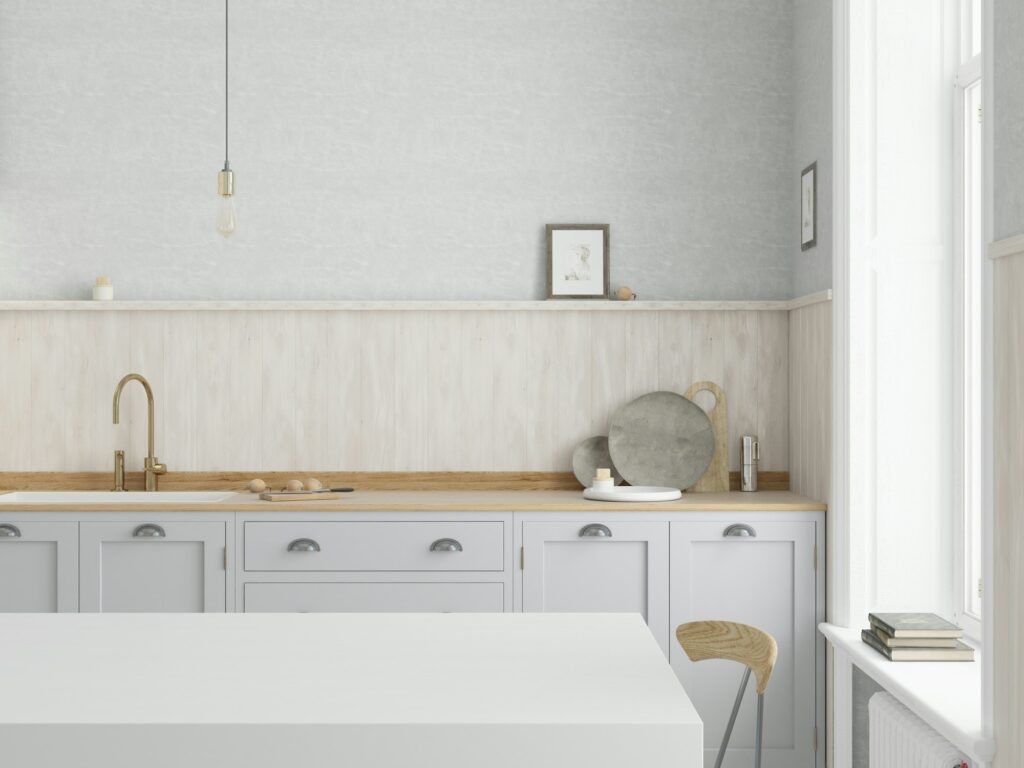
The History and Evolution of Beadboard
Beadboard has a rich history dating back to the late 19th century when it was primarily used as a protective and decorative wall covering in Victorian-era homes. Originally crafted from wood, beadboard was prized for its ability to add visual interest while also protecting walls from scuffs and damage.
Over the years, beadboard has evolved to include a variety of materials and styles:
- Traditional wood beadboard
- Medium-density fiberboard (MDF) beadboard
- Vinyl and PVC beadboard
- Beadboard wallpaper
Each of these options offers unique benefits in terms of durability, cost, and ease of installation, making beadboard a versatile choice for modern homeowners.
Why Choose Beadboard for Your Kitchen Backsplash?
There are several compelling reasons to consider a beadboard backsplash for your kitchen:
- Affordability: Compared to many tile or stone options, beadboard is often a more budget-friendly choice.
- Versatility: Beadboard can be painted or stained to match any color scheme or design style.
- Easy installation: Many beadboard options are DIY-friendly, making it a great project for handy homeowners.
- Timeless appeal: The classic look of beadboard never goes out of style, ensuring your kitchen will look great for years to come.
- Texture and depth: Beadboard adds visual interest and dimension to your kitchen walls.
Design Styles and Creative Ideas for Beadboard Backsplashes
One of the great things about beadboard is its versatility. It can be adapted to suit a wide range of design styles, from traditional farmhouse to sleek and modern. Let’s explore some popular design approaches and creative ideas for incorporating beadboard into your kitchen.
Farmhouse Chic
The farmhouse style has been dominating kitchen design trends in recent years, and beadboard is a perfect fit for this cozy, rustic aesthetic.
Beadboard and Peg Rail Combination
For a charming farmhouse look, consider pairing your beadboard backsplash with a peg rail shelf. This combination not only adds visual interest but also provides practical storage for frequently used items like mugs or small pots of herbs.
Pro tip: Paint your beadboard and peg rail in a soft, muted color like sage green or warm cream to enhance the farmhouse feel.
Coastal Cool
Beadboard is a natural fit for coastal-inspired kitchens, evoking the relaxed, breezy feel of a beach cottage.
White Beadboard with Blue Accents
Create a fresh, nautical look by pairing crisp white beadboard with blue accents. This could be in the form of blue upper cabinets, a blue island, or blue accessories scattered throughout the kitchen.
Design idea: Install horizontal beadboard instead of vertical for a unique twist that mimics shiplap, another popular coastal design element.
Modern Minimalist
Contrary to popular belief, beadboard can work beautifully in modern kitchens when used thoughtfully.
Sleek Beadboard Sheets
For a more contemporary look, opt for beadboard sheets with wider panels and less pronounced grooves. This creates a cleaner, more streamlined appearance while still adding texture to your kitchen walls.
Color tip: Consider painting your beadboard in a bold, unexpected color like charcoal gray or deep navy for a modern edge.
Rustic Charm
Beadboard is a natural fit for rustic kitchens, adding warmth and texture to the space.
Dark Stained Beadboard
Create a cozy, cabin-like atmosphere by using dark-stained beadboard. This works particularly well when paired with natural wood elements and warm metallic accents.
Styling suggestion: Combine dark beadboard with open shelving to display rustic pottery or vintage kitchen tools.
Practical Considerations: Durability, Moisture Resistance, and Maintenance
While beadboard can add undeniable charm to your kitchen, it’s important to consider practical aspects before making your decision.
Dealing with Moisture
One of the primary concerns with using beadboard in the kitchen is its potential vulnerability to moisture. Traditional wood beadboard can absorb water, leading to warping or damage over time. However, there are several ways to address this issue:
- Choose moisture-resistant materials: Opt for beadboard made from waterproof or water-resistant materials like MDF or PVC.
- Apply a protective finish: If using wood beadboard, ensure it’s properly sealed with a moisture-resistant paint or varnish.
- Combine with tile: Consider using a short tile cap where the backsplash meets the countertop for added protection against splashes.
Durability and Longevity
To ensure your beadboard backsplash stands the test of time:
- Choose high-quality materials from reputable manufacturers
- Ensure proper installation, whether DIY or professional
- Regular maintenance and cleaning (more on this below)
Cleaning and Maintenance Tips
Keeping your beadboard backsplash looking its best requires some regular attention:
- Dust regularly: Use a soft, dry cloth or duster to remove surface dust from the beadboard panels.
- Wipe down with a damp cloth: For more thorough cleaning, use a slightly damp cloth or sponge. Avoid saturating the beadboard with water.
- Address spills promptly: Clean up any spills or splatters as soon as they occur to prevent staining or moisture damage.
- Periodic deep cleaning: Once or twice a year, clean the beadboard more thoroughly using a mild soap solution and a soft brush to get into the grooves.
- Touch up paint or finish: As needed, touch up any chips or wear in the paint or finish to keep your backsplash looking fresh.
Installation Options: DIY vs. Professional
Installing a beadboard backsplash can be a rewarding DIY project for handy homeowners, but it’s not without its challenges. Let’s weigh the pros and cons of DIY versus professional installation.
DIY Installation
Pros:
- Cost savings on labor
- Sense of personal accomplishment
- Flexibility to work at your own pace
Cons:
- Requires time and effort
- Potential for mistakes if you’re inexperienced
- May need to purchase or rent specialized tools
DIY Tips:
- Measure carefully and plan your layout before starting
- Use a level to ensure straight installation
- Consider using adhesive beadboard panels for easier installation
Professional Installation
Pros:
- Expertise and experience ensure a high-quality result
- Faster completion time
- Often includes cleanup and disposal of old materials
Cons:
- Higher overall cost
- Less personal involvement in the project
Hiring Tips:
- Get multiple quotes from licensed contractors
- Ask to see examples of their previous beadboard installations
- Ensure they’re familiar with local building codes and requirements
Budget-Friendly Beadboard Options
If you’re working with a tight budget, there are several ways to incorporate beadboard into your kitchen without breaking the bank:
- Beadboard wallpaper: This affordable option mimics the look of beadboard without the need for installation of actual panels.
- Paint existing surfaces: If you already have a flat backsplash, consider using paint and a special beadboard roller to create the illusion of beadboard texture.
- Use beadboard as an accent: Instead of covering the entire backsplash area, use beadboard on a single wall or as an accent behind the stove.
- Shop for sales and discounts: Keep an eye out for sales at home improvement stores or online retailers for the best deals on beadboard materials.
- Consider reclaimed materials: Look for salvaged beadboard at architectural salvage yards or online marketplaces for a unique, eco-friendly option.
Conclusion: Is a Beadboard Backsplash Right for Your Kitchen?
A beadboard backsplash can be a charming, versatile, and budget-friendly way to add character to your kitchen. Whether you’re aiming for a cozy farmhouse feel, a breezy coastal vibe, or a sleek modern look, beadboard can be adapted to suit your style.
Remember to consider practical aspects like moisture resistance and maintenance when making your decision. With proper installation and care, a beadboard backsplash can be a beautiful and long-lasting addition to your kitchen.
So, are you ready to transform your kitchen with the timeless appeal of beadboard? With the information and ideas provided in this guide, you’re well-equipped to make an informed decision and create a kitchen backsplash that you’ll love for years to come.
